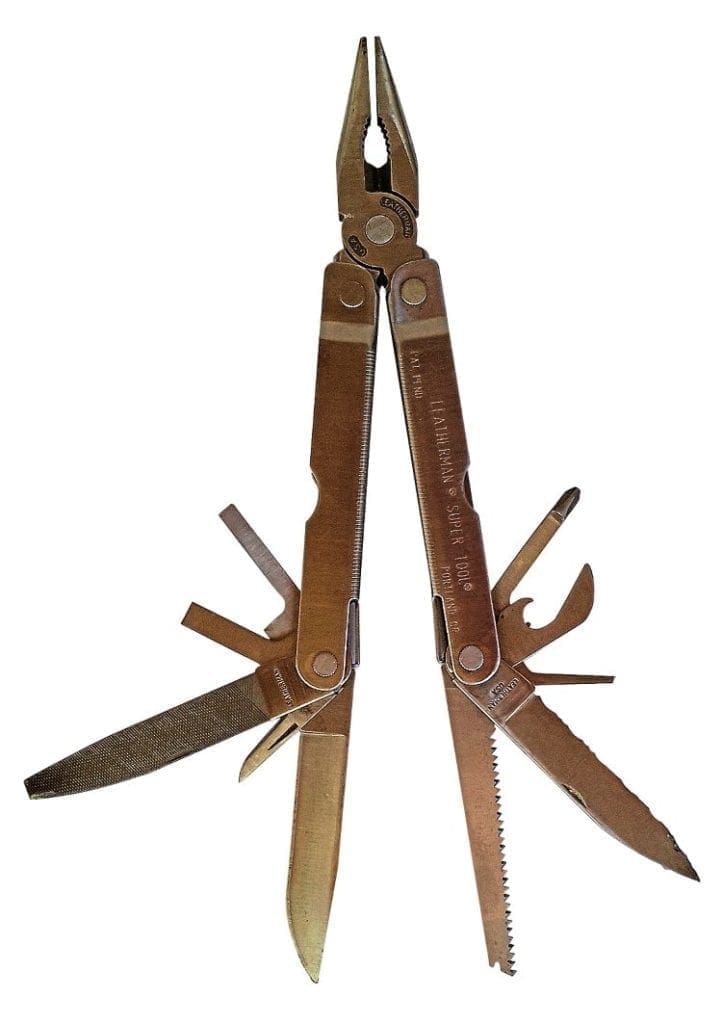It’s very frustrating when you break down on a Lambretta and don’t have any spares with you to fix the problem. But what should you carry? Here we outline Stu’s recommendations…

It’s happened to virtually every Lambretta owner: a breakdown. However, some of them are only trivial and easy to fix on the side of the road. How often, though, has this been prevented from happening because the necessary spares and tools were unavailable? Even the smallest of things like a split fuel pipe, for instance, can stop you from continuing on your travels. The question is, what exactly should you carry on board at all times and what is unnecessary? It’s a difficult balance to get exactly right but the simplest solution is to split up what you carry depending on what your Lambretta is used being for.
What type of journey?
What a Lambretta is used for can be split into several categories: general road use, longer distance use for rallies and ride outs, and long distance touring such as abroad.
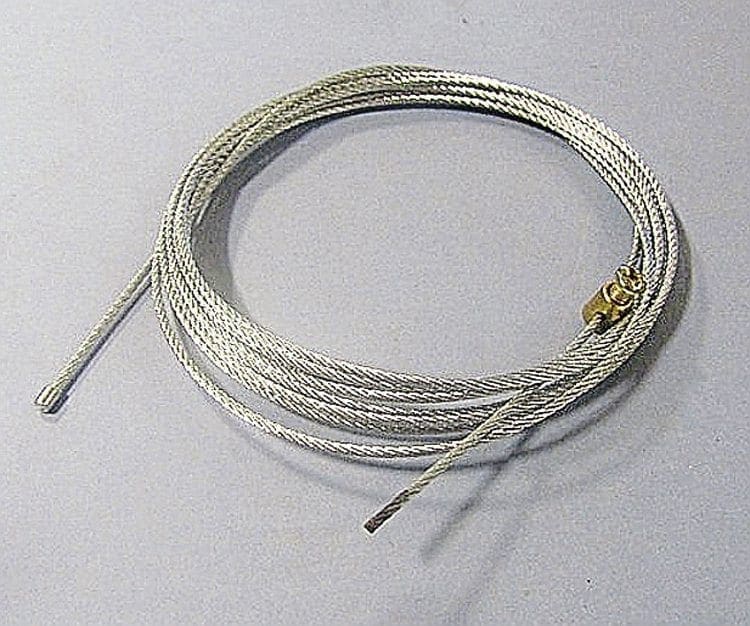
Obviously, if you’re on a short trip of just a few miles then if the clutch fails you will limp back home rather than change it on the side of the road. Whereas if the same problem occurred on a long distance rally then, of course, it would be essential to get it fixed to continue. There are other things to remember too, like just how good your mechanical skills actually are. It is pointless carrying spares if you don’t know how to fix the problem in the first place. Not everyone is an expert in this department but if you own a Lambretta then having some sort of basic mechanical knowledge is a must.

The reality is there are certain spares that should be carried at all times, so these fall into the category of general road use. Remember while carrying the spares is essential, so too are the tools you need to fix the problem. There can’t be anything more frustrating than having the spares with you but because you forgot a simple tool you can’t carry out the repair. With this in mind, it is best to lay the spare out and the tools that are required to do the job — then there shouldn’t be an issue.
General road use spares
Complete set of cables: This should include cable trunnions for the gear pivot on the clutch arm, also an adjustable one for the throttle cable. A spare front brake adjuster and split end nipple for the clutch and brake cable are also essential.
Light bulbs: Only the front and rear are needed and a spare fuse if you are using a battery system.
Spark plug: Always best to carry a couple as well as a spare plug cap and length of HT lead.
Fuel pipe: Make sure you have a long enough piece and use nitrile rubber pipe as it won’t need a clip to seal it to the banjo end.
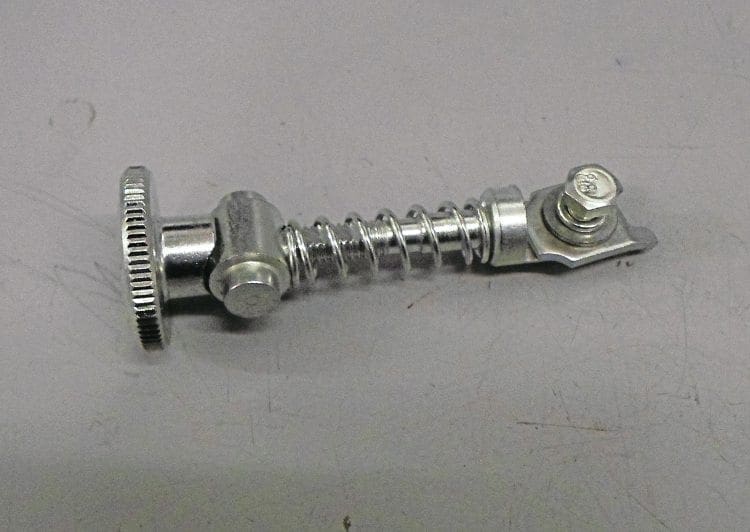
Rear hub locking kit: Include both the locking washer and grub screw.
Spare wheel: This is always a difficult one as its size means it’s difficult to carry. The other option is to carry a spare inner tube. Although you will have to fit it and find a garage to pump it up, at least you will be able to get home.
Nuts, bolts, studs, and washers: Carry an assortment of all the sizes that are used including circlips. The easiest way to do this is by looking over your Lambretta and noting all the fixings you have on it. Carburettor rubber: Whatever size you have, it is always a good idea to carry a spare just in case it splits.
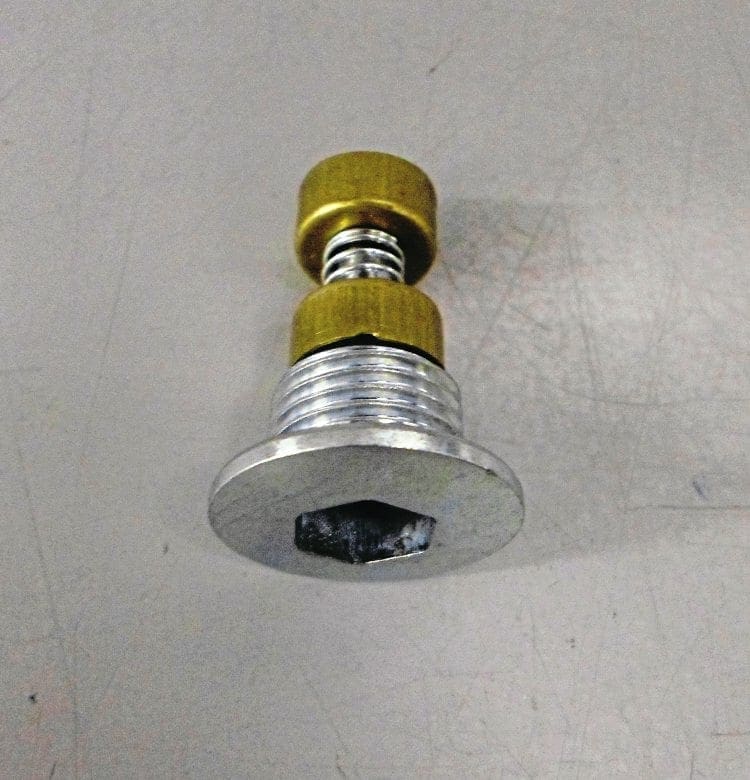
Other stuff: Always carry something to hold things together in an emergency, like large cable ties or wire — just so it can get you home. A spare length of wire is helpful in case of an electrical repair and some electrical tape to insulate it with.
Tools: The tools required to do repairs using the spares listed are fairly basic. A set of screwdrivers, Allen keys, assorted pliers, spanners or socket set and wheel stand are all that is needed. Just make sure you have checked you have everything required but all should easily pack up in a small tool bag.

The parts listed here will ensure a breakdown close to home can be resolved quite easily. Make sure you package them neatly. With cables, for instance, keep them stowed in a resealable freezer bag. You should be able to get them all to easily fit into a standard Lambretta toolbox along with the tools required and your two-stroke oil.
Longer distance riding — rallies
This is where it starts to get more complicated with what you should be carrying. There are two schools of thought on this, one being ‘I want to get there and back at all costs’ and the other being ‘I’m in the AA so if there is a problem I can’t fix I’ll just ring them to recover me’. If you have recovery and don’t want to do any roadside repairs then there is little point in carrying spares or tools in the first place. If you do want to get there and back the issue arises of just how much you should carry and where you draw the line of what is acceptable.

You must remember that the majority of breakdowns which will stop you from continuing your journey will be engine-related. While it may seem fine carrying spare engine components this also means you will have to carry many more tools – some big and heavy — to carry out the job. It can soon become a big logistical exercise as to where to put it all and you will quickly outgrow the space in a normal Lambretta toolbox.
The answer is to carry all of this in a separate bag. Separate from the standard roadside repair spares already mentioned. What’s the point of trawling through and unpacking all the engine spares just to get to a cable, for instance? Hopefully, none of this will need touching but if there is an instance where it is needed it is quick and accessible and not in the way of everything else.

It must be presumed that if you are going long distance riding to rallies you will be carrying a rack. It will be easy to carry these spares on there quick to load and unload at all times. So what is seen as acceptable to carry and repair on the side of the road?

Clutch: If a clutch starts to fail then you should have enough warning to get somewhere to fix it. It will have overheated so it’s best to change both the friction plates and steels at the same time. Also, the springs will have lost some tension so you might as well change the whole thing. You will also need a side case gasket and a bottle of gearbox oil. Though you can lay the scooter over so not having to drain the oil, chances are it will have been infected by the burning clutch so it should be changed.
Cylinder: The only thing you really want to be changing here is the head gasket if it fails. This is easy to do but the reason why it failed in the first place should be checked before changing it.
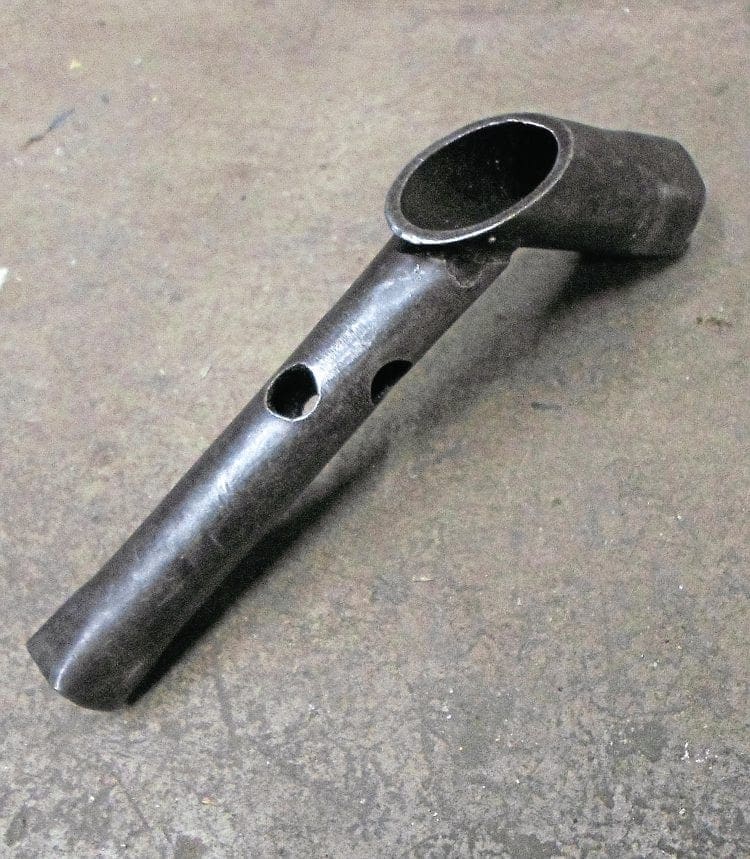
Exhaust: It’s quite easy for a Lambretta exhaust to come loose on a long journey. Mounting studs coming loose can be repaired easily and always carry spares for the particular exhaust you are using. The most common place for an exhaust to come lose it at the cylinder. Always carry spare studs, nuts, and washers to change and most importantly a gasket as this will burn away quickly once the downpipe is loose. If you have a stub mounted exhaust, carry a spare stub. Quite often if you are two up it is easy to ground the exhaust on a pothole for instance. Usually, it is the stub that takes the brunt of the impact, snapping it on the main weld. Replacing it is easy enough to do and will ensure you can continue your journey.
Fuel System: Apart from fuel pipe the only other thing to carry is a spare tap. Occasionally they can fall apart and though you will lose all your fuel if it does happen, at least the tap can be changed and refuelled one way or another. You can carry carburettor spares, again, depending on what make and size you have fitted. Jets are the most important if some reason one gets blocked and you are unable to clear it.

Electrical: The only things to keep the engine running are the stator and CDI or coil depending on your system. Changing the CDI is a quick job and one should be carried. If a stator has failed that will take much longer to fit but it can be done. There is no point carrying a flywheel because the weight of it is so great and if it’s failed, chances are the crank will be damaged so it’s terminal anyway.
Rear hub: Apart from a lock washer kit, carry a spare hub nut and cone that is the correct fit for your make of hub. If a lock washer has failed and started to come loose then the cone will have started to wear so will also need replacing. Carry spare hub studs, certainly on a highly tuned engine, as they to can come loose and will quickly fail.
Other stuff: A full gasket set should be carried as you never know what might need taking apart. A spare clutch and brake arms as well as a spare clutch lever. Again, look around your Lambretta to see what might fail on a long journey.
Longer distance riding — touring abroad
This is where things can start to get really complicated. It must be presumed that if you are touring abroad that you will have some sort of recovery membership, no one wants to leave a Lambretta worth thousands of pounds in another country. There is no point listing all the gear you could carry in the event of a breakdown as it could be almost everything, certainly when it comes to the engine. That decision is now up to you and how much you are prepared to do. For instance, why carry a spare crank if you don’t want all the hassle of fitting it should it fail?

There are certain things you can do though to make the logistical side of it much easier. If you are going touring abroad in a group, share what you carry between you — certainly when it comes to tools. As an example, only carry one clutch compressor instead of several. A complete set of tools to do virtually any repair can be split up and easily be spread between a group of people. Though each person’s engine may be individual, other things such as a spare rear hub will be the same. Split the general spares up just like the tools and you will have a lot more to hand. Also if there is too much weight directly over it then possibly heat can build up, causing a blowout. There will be an unnecessary strain on the rear hub which won’t help the situation either.
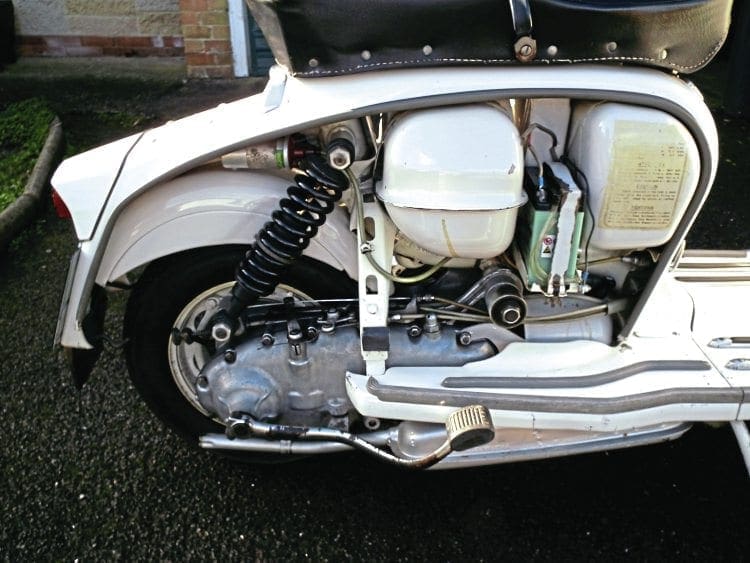
There is one thing that should be carried on all long-distance journeys regardless of the repair that needs doing and that is hand wipes. You are not going to get the job done without getting your hands covered in oil and dirt. There is nothing worse than not been able to clean your hands and having to put your gloves back on. Remember, you can be in the middle of nowhere with no washing facilities available. By carrying a pack of hand wipes, no matter how dirty your hands get you can clean them on the spot and continue your journey in comfort.
It’s not as bad as it sounds!
Reading this article some people might start thinking, should I own a Lambretta if it is that unreliable? Well, you can do many thousands of miles on one virtually maintenance free but we must all remember though that these machines are fifty or more years old now and we quite often make them do far more than they were ever designed for. A cable can snap at any time but doesn’t mean that a Lambretta is not reliable. Any vehicle that age will need some sort of repair from time to time but most only do a few miles a year to the odd show. When it comes to the Lambretta, things are entirely different. Quite often journeys are done over hundreds or thousands of miles in one go. The law of averages means something can happen simply because they are getting far more use. Carrying spares is part of Lambretta ownership — it always has been and always will be.
Words & Photographs: Stu Owen

